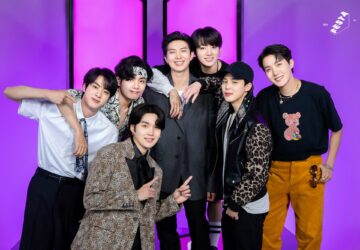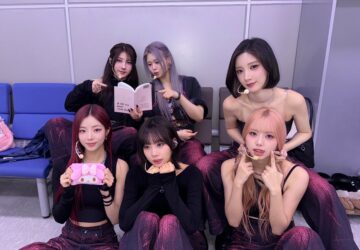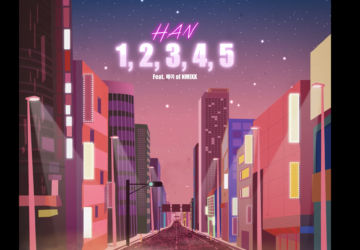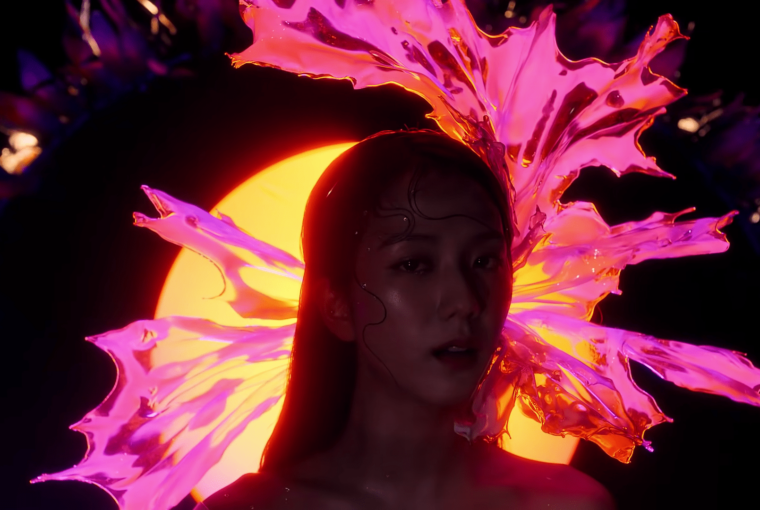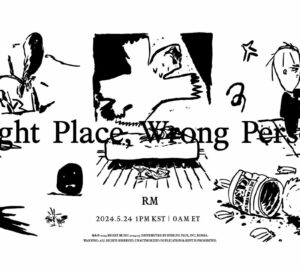K-pop music videos have become synonymous with visually stunning and captivating experiences, and color grading has been a crucial aspect of the genre’s visual language. From the early days of the Korean music industry to the current global phenomenon, K-pop music videos have been known for their distinctive and memorable color grading styles. This article will take a look at some of the most influential and memorable color grading styles in K-pop music videos and what makes them so special.
The earliest days of K-pop were marked by music videos that were heavily influenced by American pop and R&B. These early music videos were often brightly lit, with a focus on the performers and a simple color grading style that was meant to showcase their talents. However, as the genre evolved, K-pop music videos began to take on a more stylized and visually distinctive look, with color grading playing a major role in this evolution.
One of the most iconic color grading styles in K-pop music videos is the use of bright, neon colors. This style is often used to create a futuristic, high-tech feel and is often paired with intricate dance routines and high-energy performances. This style was popularized by groups such as Girls’ Generation and f(x) and has since become a staple of the genre. The bright, neon colors are used to create a visually striking contrast with the performers, highlighting their movements and making the music videos even more memorable.
Another popular color grading style in K-pop music videos is the use of dark and moody tones. This style often incorporates deep blues, purples, and greens to create a sultry and mysterious atmosphere. This style is often used in ballads and R&B-influenced tracks and is used to create a sense of intimacy and emotional depth. BTS‘s “Blood Sweat & Tears” and BLACKPINK‘s “Kill This Love” are two examples of music videos that use this style to great effect.
A third color grading style that has become increasingly popular in K-pop music videos is the use of warm, saturated colors. This style often incorporates shades of yellow, orange, and red to create a warm and inviting atmosphere. This style is often used in music videos for upbeat and energetic tracks and is used to create a sense of fun and excitement. TWICE‘s “TT” and Red Velvet‘s “Dumb Dumb” are two examples of music videos that use this style to great effect.
Another notable color grading style in K-pop music videos is the use of cool, pastel colors. This style often incorporates soft shades of pink, blue, and green to create a calming and dreamy atmosphere. This style is often used in music videos for ballads and slower tracks and is used to create a sense of tranquility and romance. IU‘s “Palette” and MONSTA X‘s “Alligator” are two examples of music videos that use this style to great effect.
Finally, there is the use of black and white in K-pop music videos. This style is often used to create a timeless and classic look, emphasizing the performers and the music itself. This style is often used in music videos for slower, ballad-style tracks and is used to create a sense of emotion and depth. BIGBANG‘s “Lies” and EXO‘s “Growl” are two examples of music videos that use this style to great effect.
The use of different color grading styles not only adds visual interest to K-pop music videos, but it also helps to convey the emotions and themes of the music. Whether it’s the bright and energetic colors in a pop track or the cool and dreamy colors in a ballad, each style is carefully chosen to complement the music and enhance the overall viewing experience.
In recent years, K-pop music videos have become increasingly ambitious and technologically advanced, incorporating cutting-edge visual effects and innovative camera work. However, the importance of color grading in these videos remains unchanged. Whether it’s a simple and classic black and white look or a futuristic and flashy neon style, color grading will always play a crucial role in shaping the visual language of K-pop music videos.
In conclusion, K-pop music videos have become synonymous with visually stunning and memorable experiences, and color grading has been a crucial aspect of the genre’s visual language. From the use of bright neon colors to dark and moody tones, each color grading style has helped to create unique and unforgettable experiences for K-pop fans. As the genre continues to evolve and grow in popularity, it will be exciting to see how color grading will continue to play a role in shaping its visual language.
Featured Image: Screengrab from Blackpink’s Official video of “Kill This Love“

